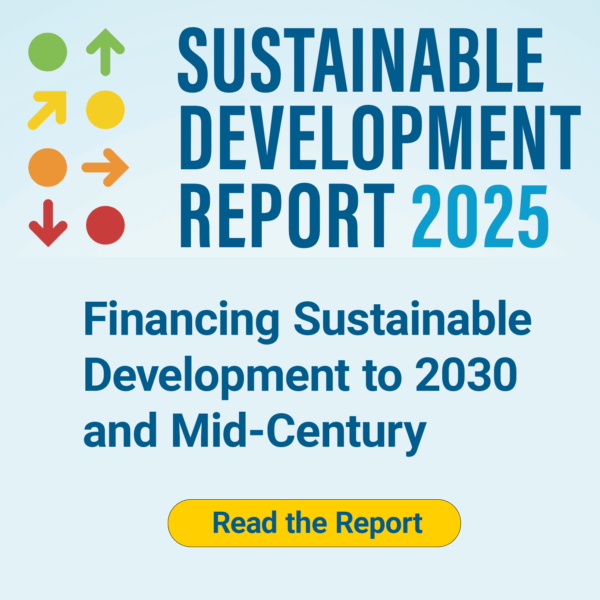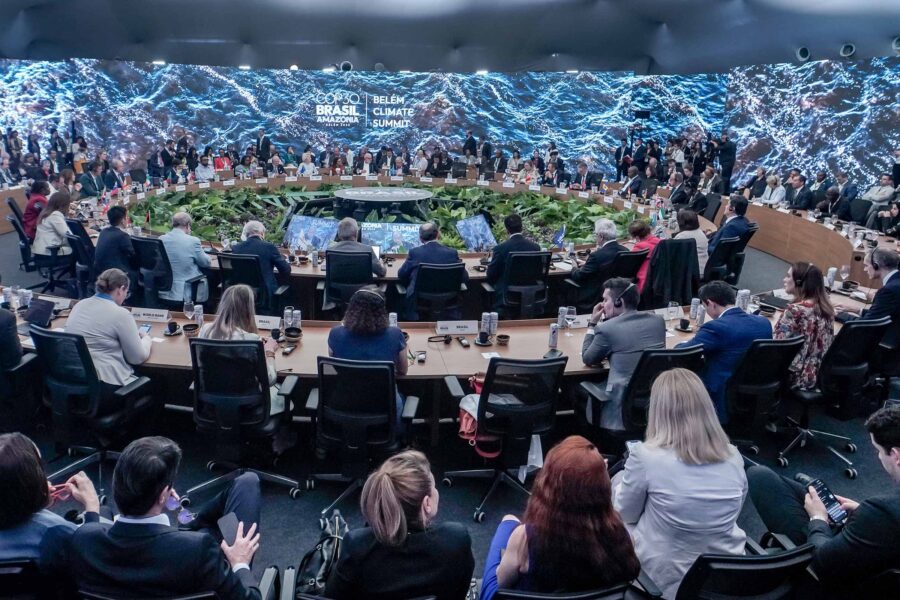The ocean, climate’s regulator
Restoring the ocean’s health is vital to achieving many of the SDGs, as humankind will need the ocean to provide more food, energy, and jobs. Perhaps less well understood – but critical for our survival – is the vital role a healthy ocean will play in SDG 13: tackling climate change
Ocean — Global

The Earth’s climate and its global ocean are inextricably connected. The ocean is the driving force behind global weather systems, dictating rain and drought patterns, redistributing heat, and (with increasing frequency and severity in the 21st century) birthing violent storms and hurricanes.
Over the last 200 years, the ocean has also absorbed about a third of the all the excess carbon that human activities have pumped into the atmosphere. Through this, humans have gradually altered the very chemistry of the ocean – while most of that time remaining in blissful ignorance of the fact. Indeed, “ocean acidification” has only been seriously recognized and studied since the early 2000s.
A range of indicators for ocean health – from pollution levels to the ability to support vital ecosystems such as coral reefs – show numbers either moving in the wrong direction or in need of urgent improvement. For example, the health and extent of vital carbon-storing habitats such as mangroves, seagrass beds, and salt marshes has been in decline for decades. It is unrealistic, then, to expect the ocean to continue to absorb anthropogenic CO2 and retain its climate regulating abilities indefinitely.
The Global Goals are often referred to as a “compass” for societal development, but they are just as much a mirror reflecting societal understanding of the relationship between us humans and the world around us. From that perspective, the SDGs emerge as an enormous milestone in the evolution of our understanding of this relationship. Most importantly, the SDGs implicitly acknowledge that societal development is dependent upon access to the Earth’s resources and that those resources are limited. While it has been clear since NASA’s Apollo missions sent pictures of our blue planet from space that the Earth’s resources must be finite, resource limitation was, until the SDGs, not a serious component of the political discourse on societal development. Thus, the SDGs can be considered a vision for how we want to share the Earth’s limited resources not only among people but also all other living organisms.
Societal challenges
The other novelty of the SDGs is that they bring different societal challenges into one framework. Here, it is not only the challenges themselves that are in focus but also interactions between them. In recent history, our societies have attempted to deal with environmental and social challenges by addressing them individually and in isolation from all other challenges. As a result, the solutions identified for addressing challenges potentially created new problems or were impossible to enact because of conditions elsewhere in society. The beauty of the SDGs is that they bring all major societal challenges into a single framework. None of these challenges is new. All were acknowledged long before 2015. Indeed, the UN already had established agreements relating to most: climate, biodiversity, gender equality, hunger, poverty, water, and so on, prior to 2015. In bringing focus to interactions, the SDGs reflect a move from a traditional reductionist approach to dealing with societal challenges towards acknowledging that these challenges are elements in a complex system of interactions and, furthermore, that they must be managed in a system context.
With their focus on biodiversity, SDGs 14 and 15 emphasize the recognition underlying the SDGs that human societies are a part of nature. We are not elevated above nature and our strategy for dealing with the damage to nature generated by human activities must not be “damage repair” after the fact but, rather, minimization of damage through the careful design and execution of societal activities. The SDG interpretation of the human-nature relationship reflects well the evolution in scientific thinking about this relationship where, in the 1980s, the focus was on “conservation biology”: the study and protection of organisms and ecosystems on their own. In the 2000s, the focus moved to “conservation science” that revolves around human–nature interactions and “ecosystem services.” The SDGs, then, reflect evolution in societal thinking: an evolution moulded by changes in scientific understanding and perspectives.
The SDGs capture well human interactions with other living organisms, but the world we live in is comprised of much more than living organisms. Science now recognizes that the Earth itself functions as a complex system. The environmental conditions on Earth and upon which we humans are dependent are determined by interactions between the “biosphere” (all living organisms), the “geosphere” (energy and chemical elements comprising the Earth), and human activities. While the SDGs directly address interactions occurring between humans and the biosphere, they are not as explicit with respect to the relationship between human activities and the geosphere. Only in SDG 13, where human perturbation of the Earth’s energy balance is addressed, do the SDGs have a direct focus on the geosphere. Nevertheless, the impact of human activities on the geosphere is enormous and these impacts have the potential to drastically change conditions on Earth.
Let us return, then, to the ocean. It contains over 50 times more carbon than the atmosphere and covers over 70% of the Earth’s surface. CO2 is constantly moving between the ocean and atmosphere. In periods where more CO2 enters than exits the ocean, the atmospheric CO2 concentration is reduced and average temperatures are colder than when net exchange of CO2 is in the opposite direction. As the Earth moved in and out of ice ages, the accompanying changes in atmospheric CO2 can largely be explained by changes in the relative amounts of CO2 entering or exiting the ocean. The concentrations of CO2 in the atmosphere and surface ocean are constantly trying to come into equilibrium. Thus, as the CO2 concentration in the atmosphere increases, ever more CO2 enters the ocean. Currently, the ocean takes up about a quarter of the CO2 we release to the atmosphere every year.
The results of all the models used to develop scenarios for future climate conditions on Earth are heavily dependent upon this air–sea exchange of CO2. As long as CO2 concentration in the atmosphere increases, the laws of physics dictate that the ocean will continue to remove CO2 from the atmosphere. However, the global goal is to stabilize – or even reduce – atmospheric CO2 concentrations. The complex ocean response to reduced greenhouse gases (GHGs) will occur on different time scales. However, in a situation where the CO2 in the atmosphere is lower than in the surface ocean, the oceanic CO2 uptake will gradually decrease over time.
The climate change currently experienced on Earth is the result of a change in the Earth’s energy balance, where the GHG waste generated by human activities leads to more of the sun’s heat energy being stored near the surface of the Earth than has otherwise been the case in the Earth’s recent history. Over 90% of this extra heat energy is stored in the ocean. Heat exchanges between the ocean and the atmosphere and changes in ocean currents also impact air temperatures. In fact, much of the interannual fluctuation in air temperature is due to changes in ocean currents and conditions. Under an El Niño, for example, average air temperatures tend to be higher than, for example, under a La Niña. Climate change potentially influences the relative occurrence of El Niño events.
The ocean also distributes heat around the globe. People living in northwest Europe can thank the ocean current that brings them heat from the Gulf Stream for the fact that they enjoy warmer winters than those living at the same latitudes in Siberia or Canada. That current appears, however, to be weakening. The only area on Earth where the Intergovernmental Panel on Climate Change reports surface temperatures are decreasing is an area above the ocean southwest of Iceland. We know that there have been periods in the Earth’s history when this current did not flow into the North Atlantic. Thus, the observed changes in this current may be a sign that climate change is already altering ocean currents. Climate and ocean currents are interlinked and the effect of climate change on ocean currents could have enormous consequences for our societies.
These indirect effects of human activities on the ocean and the geosphere more generally are, of course, included in the SDGs but they are hiding deeply in the scientific understanding underpinning SDG 13. Thus, they are not visible for the non-specialist. This is a great pity as recognition of these effects greatly increases the imperative to achieve SDG 13 and the goals of the Paris Agreement. Although climate change impacts on the ocean are invisible to the vast majority of people, we ignore them at our peril.






